Mark Winteringham
Tester, Toolsmith, Author and Instructor
Mark Winteringham is a tester, toolsmith and author of AI-Assisted Testing and Testing Web APIs, with over ten years of experience providing testing expertise on award-winning projects across a wide range of technology sectors, including BBC, Barclays, UK Government and Thomson Reuters.
He is an advocate for modern risk-based testing practices and trains teams in Automation, Behaviour Driven Development and Exploratory testing techniques. He is also the co-founder of Ministry of Testing Essentials a community raising awareness of careers in testing and improving testing education.
You can find him on Twitter @2bittester or at mwtestconsultancy.co.uk
Achievements












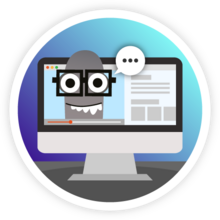

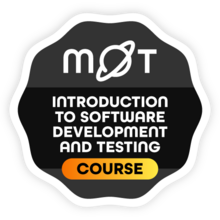
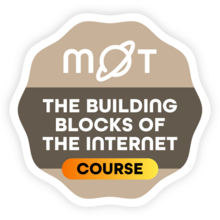
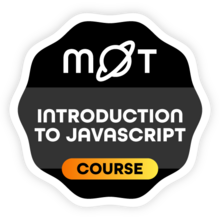
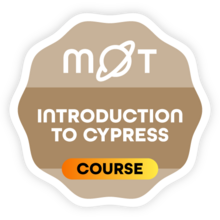


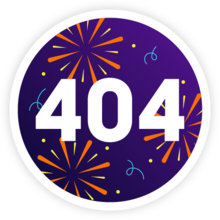

Certificates
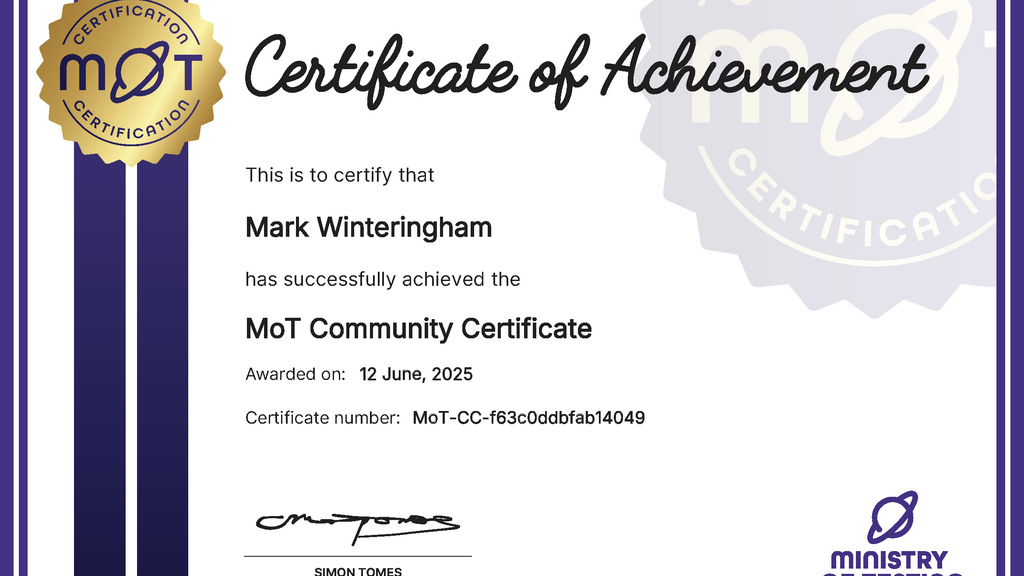
Awarded for:
Achieving one or more Community Stars in five or more unique months
Activity

earned:

Lesson 0 of First request to test suite: 30 days to API testing confidence

earned:

Lesson 0 of First request to test suite: 30 days to API testing confidence

earned:

Lesson 0 of First request to test suite: 30 days to API testing confidence

earned:

Lesson 0 of First request to test suite: 30 days to API testing confidence

earned:

Lesson 0 of First request to test suite: 30 days to API testing confidence
Contributions
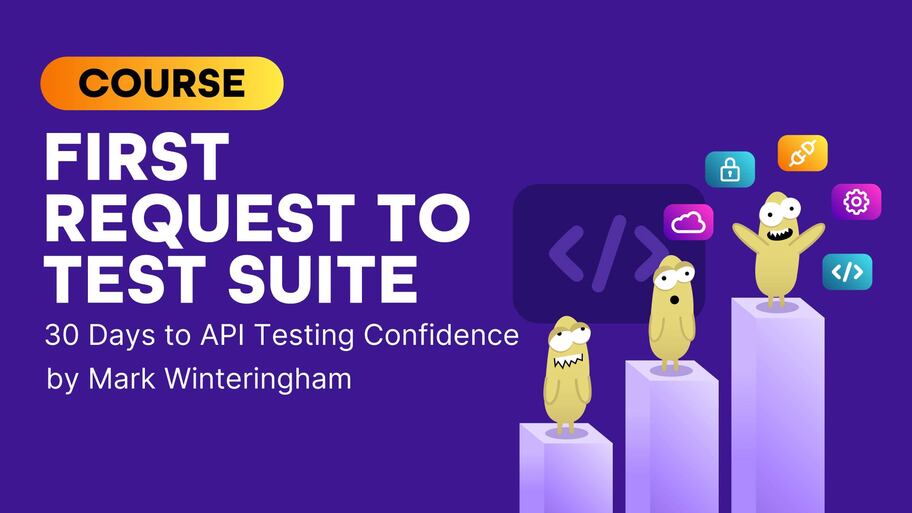
Gain API testing confidence with this hands-on podcast course, featuring 30 ten-minute activities that build your skills step by step.
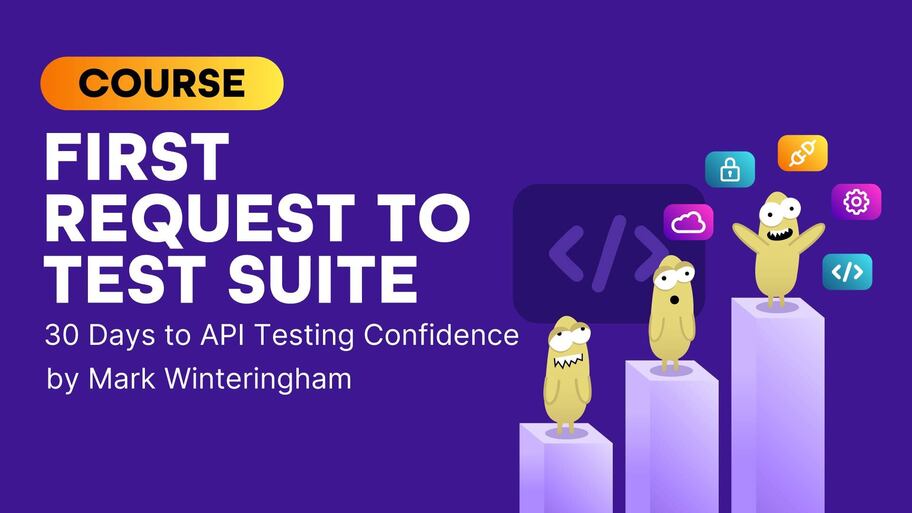
Gain API testing confidence with this hands-on podcast course, featuring 30 ten-minute activities that build your skills step by step.
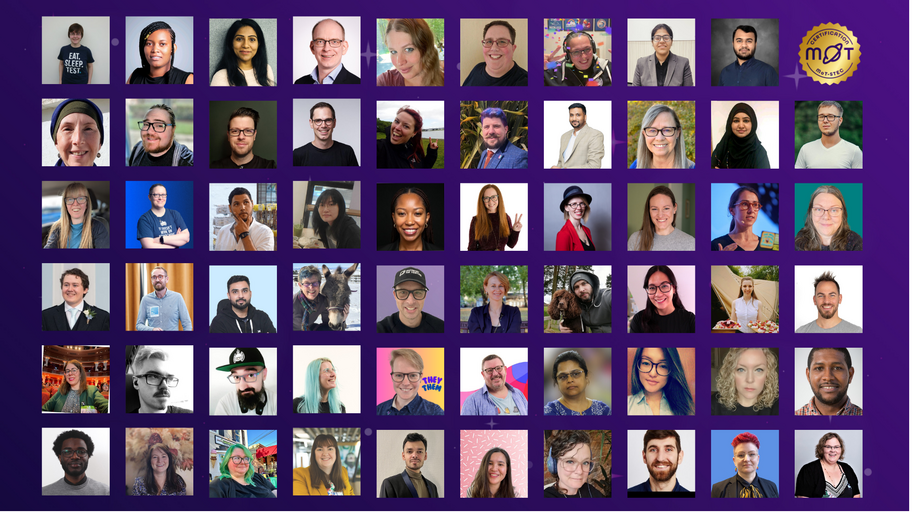
Eighteen months, 19 modules, and 59 amazing contributors later, the MoT Software Testing Essentials Certification is complete!
Looking back, my favourite part has been seeing so many community m...

Experiment with AI development tools to understand their impact on delivery speed and the quality challenges they create for engineering teams

Generative AI is a powerful tool—but only if you know when not to use it. In this post, we explore a simple model that helps you decide whether AI will boost your testing or lead you off track.

Spot the tiny duck for a bonus point!!

RBP has been updated and given a nice new UI plus some bonus improvements

Good tests and bad tests do not really exist. It’s up to us as testers to create quality tests and determine what are the most suitable tests to discover information about specific risks. We can do this by questioning and discussing ideas with our teams. Additionally by discovering risks, forming test ideas around those risks, and being observant when executing them. Not every test will be of the same quality, or be structured in the same way, so you need to remain vigilant. It’s up to us, as we test, to question what we have done and what we have learned, to see if assumptions were made or if details were missed. We can always learn and improve to deliver better testing.

Diagrams are abstract graphical representations of complex ideas and systems. They're used to convey information, facilitate discussions. In the world of software and testing, diagrams can come in many forms. Diagrams can be used to describe complex systems in ways that plain language cannot. It can trigger discussion and help weed out any misunderstandings and assumptions. They're easy to create and build during collaborative sessions.Diagrams are models, and all models are flawed. Each diagram has a specific purpose, and misusing the diagram can cause problems. Assumptions are made when creating diagrams, and ignoring those assumptions may lead to issues and bugs. Diagrams give us one perspective of a system or idea, and your project may require more than one perspective.Diagram examples:
You could have process diagrams that describe a sequence of actions, which will carry out on the triggering of an event.
Wireframe diagrams that show how UI components are laid out on a web page.
Data flow diagrams that show the flow of data through a system.
Integration maps that show how services connect to one another.

The dictionary definition of a risk is a situation involving exposure to danger. Software development risks are situations that can negatively impact your project, your product, or your business. This may include loss of quality, money, damage to reputation, or safety to others. Identifying risks early can help you mitigate them. You can determine as a team whether they are unacceptable or unacceptable risk. Risks can also inform how and where we should test as well. Just like you can't find every bug in a product, you can't discover every risk. Risks can appear anywhere on a project or a product, which in a large domain can be hard to manage. Risks are viewed very negatively in many cases for some people, and they can be biased towards not wanting to identify them or accept them. As software testing and quality professionals we sometimes have to be advocates for risks, which takes skill. Example risks: Installability is a type of risk. This is a risk around installing maybe an app on your phone. There are different types of data risks which are around the amount of or the type of data flowing through your application. There are also performance risks. Performance risks could be user load or data load, that affects the speed, of your applications.

